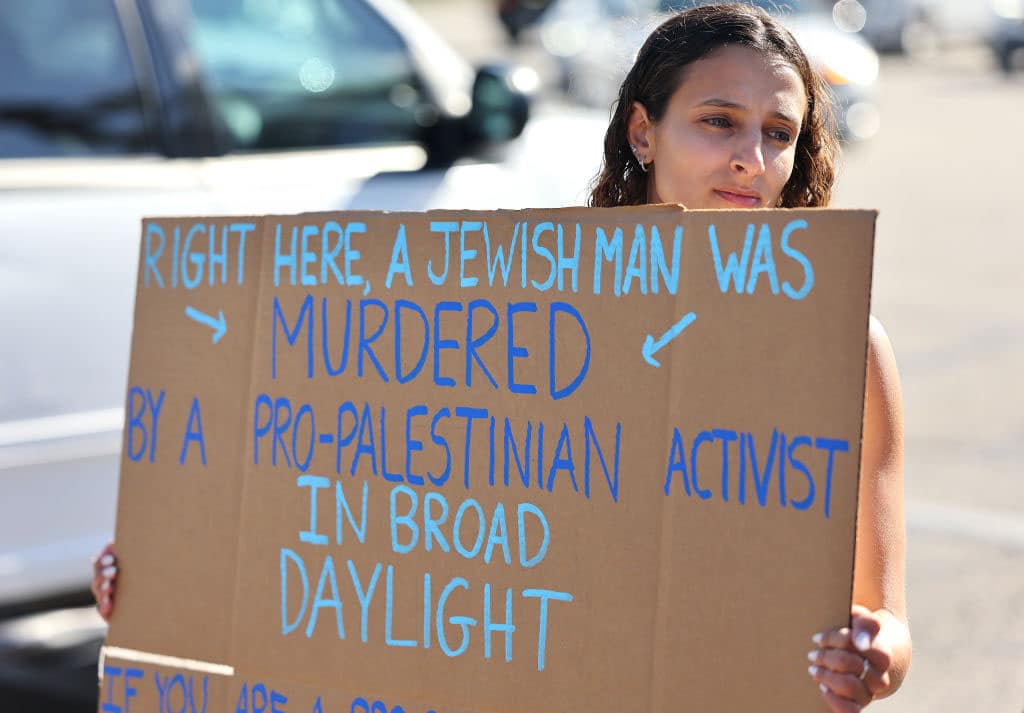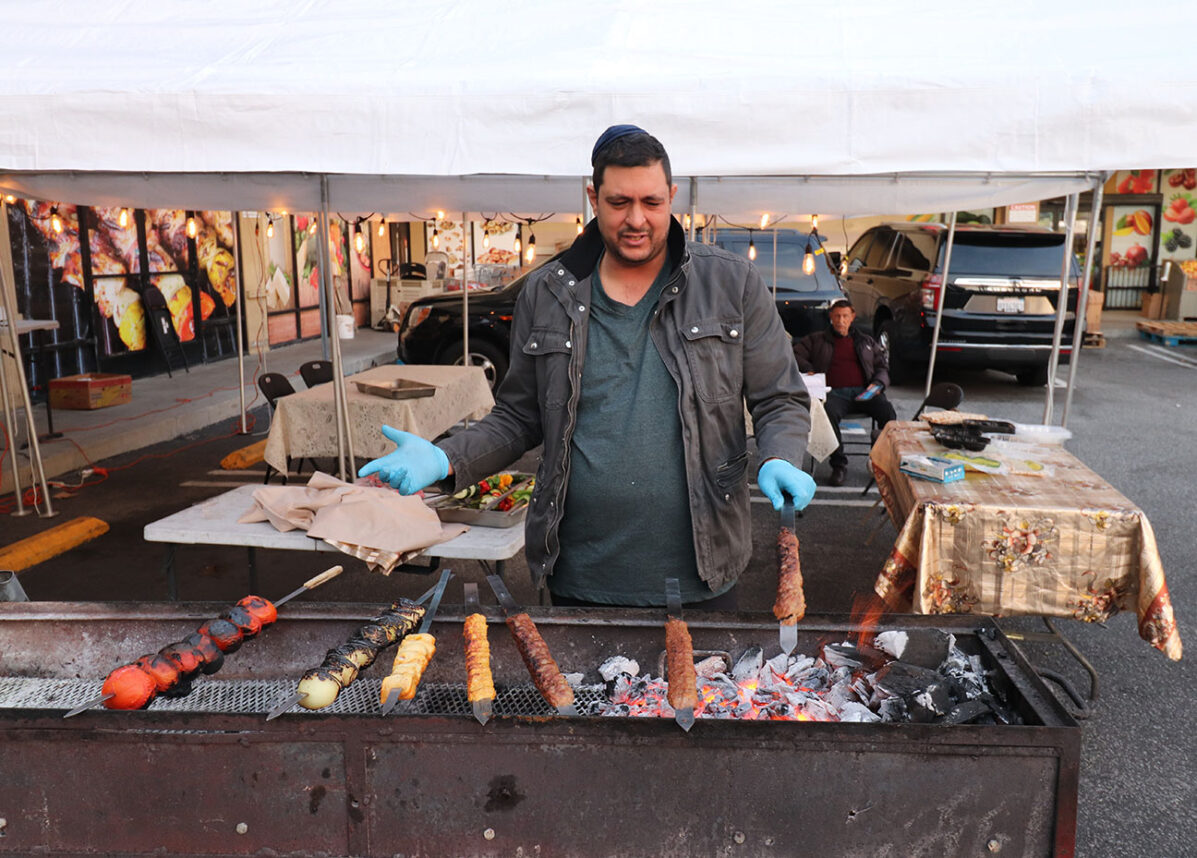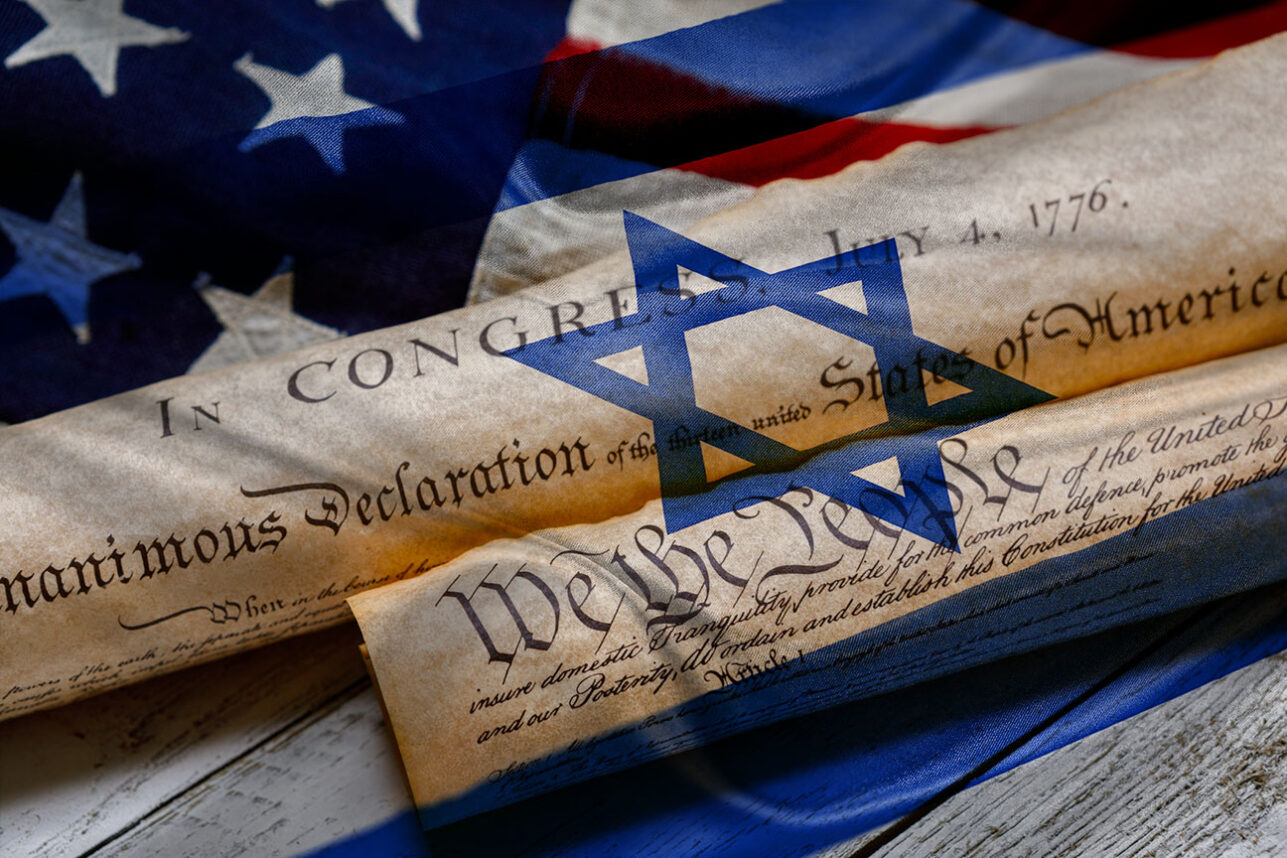It wasn’t about making a point, or advancing an agenda. Nobody invited our local Jewish journalists, and even the one who was there never entertained the idea of writing about it. Because even though it had never happened before, we weren’t doing it in order to make local Jewish history. The beauty of the event lay in its being completely un-self-conscious.
On the afternoon / evening of the Tisha B’av just past, three shuls – one Orthodox, one Conservative, and one non-denominational – got together to learn in havruta, to sing “If I forget you, Jerusalem”, and to break fast together. When planning the event, my rabbinic partners and I were unsure as to how many of our congregants would actually show up. After all, it would already be 7:30 PM at the end of long day of fasting. And you never know what will happen when invite people to leave the comfortable “four amot” of their own shul, and to make their way over to another. But not only did people come, they came in numbers far exceeding our expectations. We literally had to bring in dozens of chairs from an adjoining room.
For me and for our shul, this get together was the compliment to a gathering that we have been doing for years on the morning of Tisha B’av. For years and years we have been davening and reciting the kinot together with our brothers and sisters from the Young Israel down the boulevard from us, alternating venues each year. This year, we were joined (and hosted) by the third of the three major Orthodox shuls in the neighborhood, generating a truly powerful expression of communal unity and Jewish love. It’s indescribably moving. Which is what led the president of our shul, just after Tisha B’av a year ago, to encourage me to think in wider Jewish communal terms as well.
And now, a year later there we all were. As soon as we got everyone seated for our first-ever inter-denominational Tisha B’av afternoon program, the atmosphere turned magical, as the space filled with the intense din learning and discussion (we learned Brachot 3a, an aggada set in the ruins of Yerushalayim – you can email me at ravyosef@bnaidavid.com for the source sheet). People were learning with fellow Jews whom they had never met before, and remarkably, yet unsurprisingly, it all felt so natural. This was at least in part because it was Tisha B’av, and on Tisha B’av our sense of being family is particularly intuitive.
As the end of the day was approaching, we broke for Ma’ariv. As had been pre-arranged, our chevra davened in a room that had been set for us with a mechitza, as the balance of the chevra davened in an egalitarian setting in a different room. It’s what we do for one another when we’re a family.
I believe this is something you can do in your community too. It’s deceptively easy.
Over the break fast, I heard only one complaint: “Next year, we need to have more time”. To which I would only add, “Next year in Jeruslaem”.





















 More news and opinions than at a Shabbat dinner, right in your inbox.
More news and opinions than at a Shabbat dinner, right in your inbox.